How to jump start your car
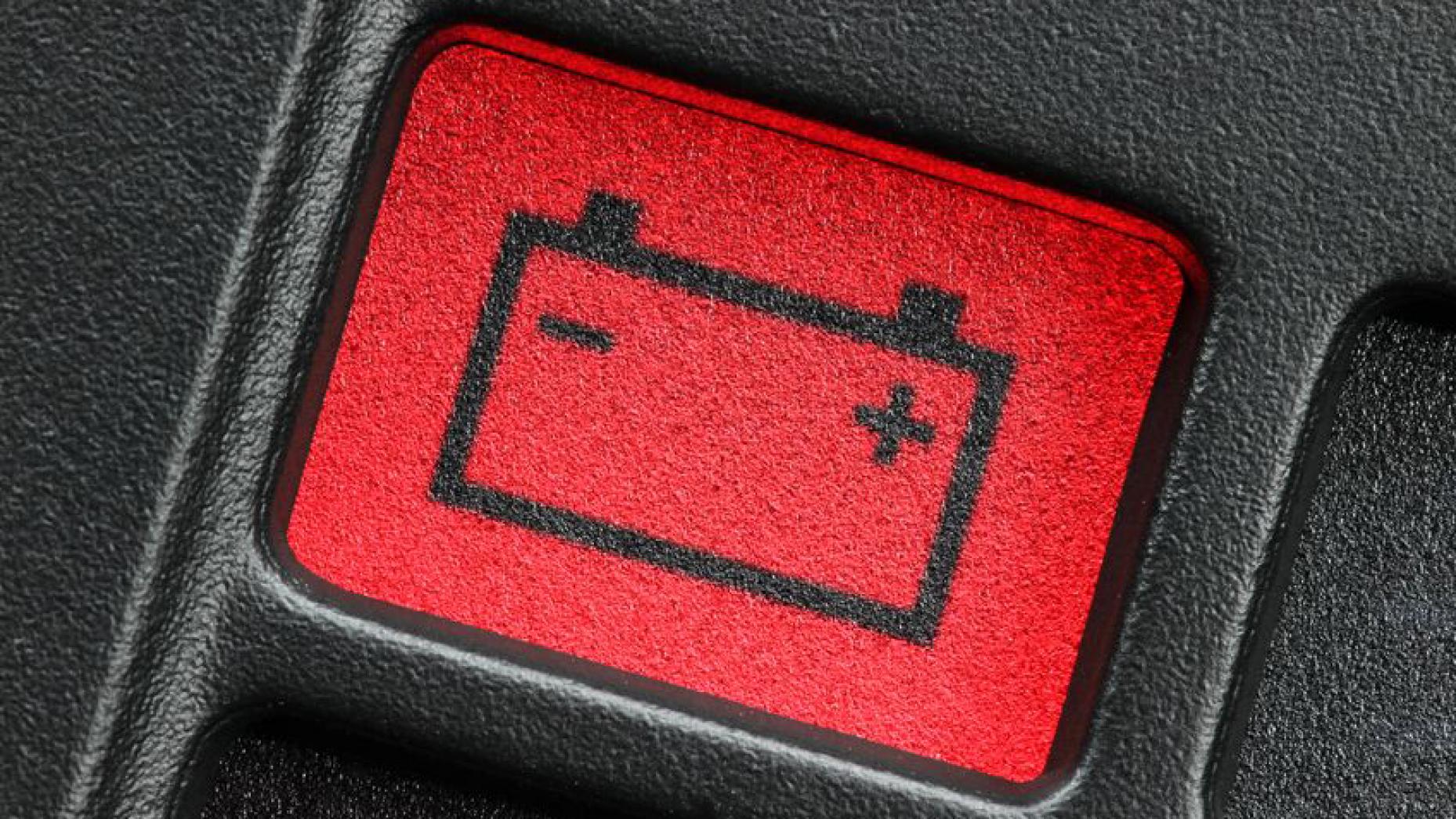
In this world, there are good flats and there are bad flats.
Flat-coated retriever? Good.
Flat tyre? Bad.
Flat-screen telly? Good.
Flat arches? Bad.
Michael Flatley? Jury’s still out.
But unquestionably the worst flat of all is the flat battery. Maybe you left your headlights on without noticing. Maybe there was a cold snap and you didn’t drive your car for a while. Maybe the electron fairies came in the night and stole all your charge.
But if you’re suffering from a flat battery, fear not. Top Gear’s guide to electronic automotive jumpification will have you juiced up and back on the road in no time at all.
In the words of Van Halen, you might as well jump (jump!). Go ahead and jump (jump!)…
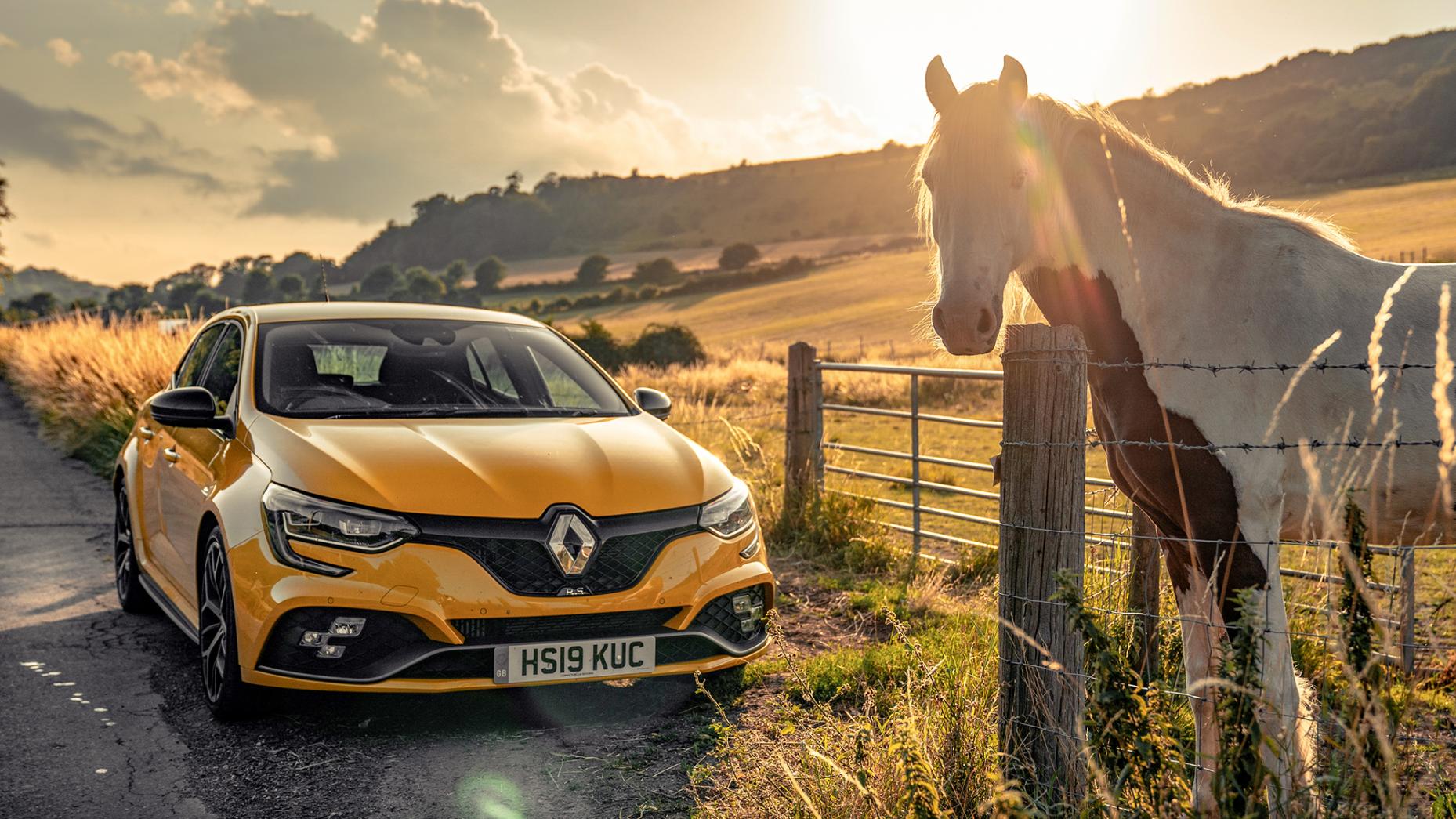
First off, you need to ascertain you’re definitely suffering from a flat battery. There are many other reasons your car may not start when you turn the key in the ignition. For example:
- You’ve run out of fuel. Replenish your car with its fuelstuff of choice immediately.
- You’re in someone else’s car. Get out immediately.
- The object you are attempting to start is not a car at all. Get off that shire horse immediately.
- You have inserted the key into an orifice that is not the car’s ignition. Get your key out of that cigarette lighter immediately.
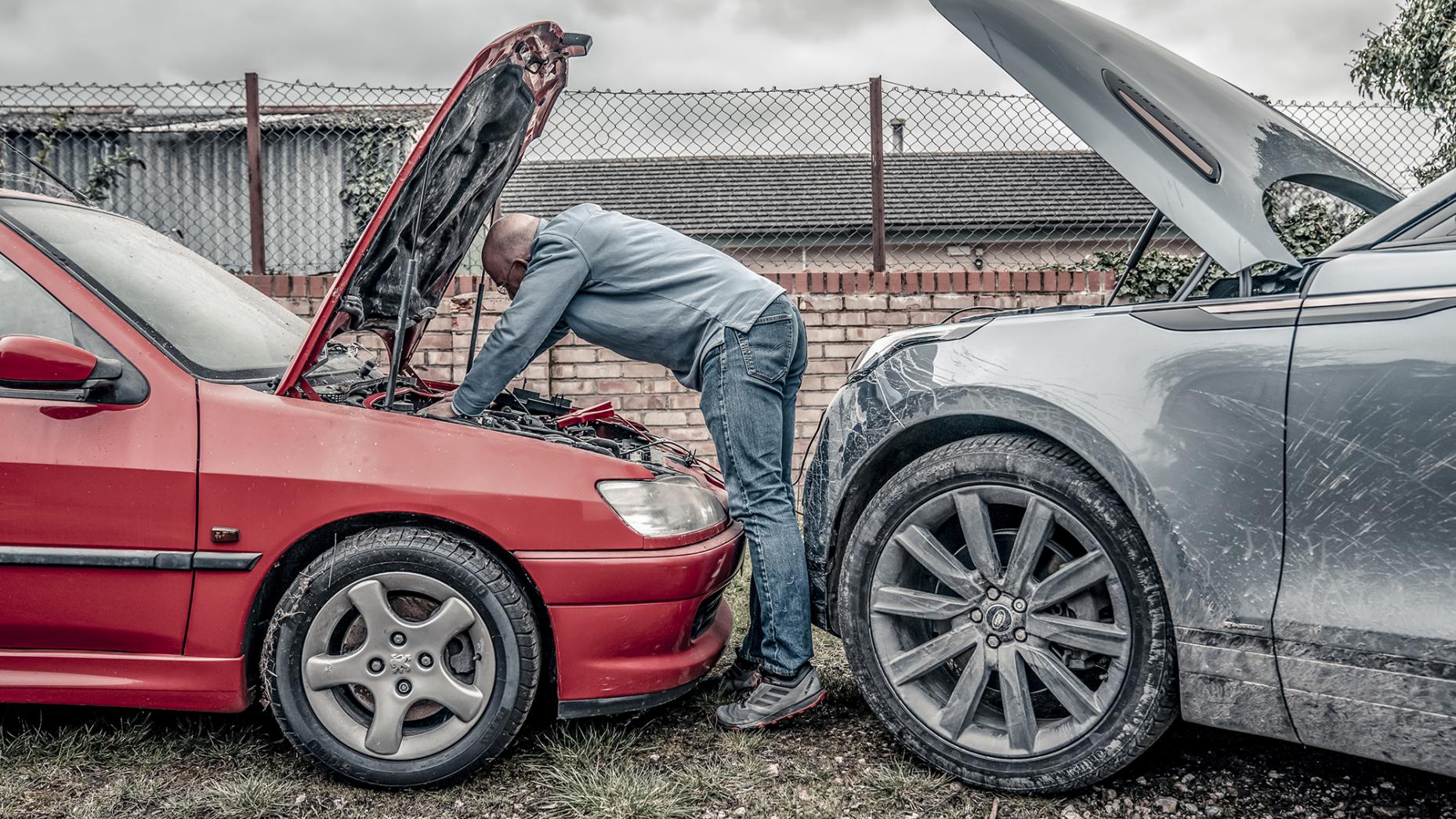
But if you’re sure it’s your car, and you’re sure it’s a flat battery, the next thing you’ll need is another car with a working battery. It is very much recommended to seek permission from the owner of this car before borrowing it.
(Please note: you don’t want to use an electric car as your jump-start donor, which is kind of weird, because surely if there’s one thing electric cars have loads of, it’s spare electricity. But apparently, no, EVs not a good idea. Stick to a regular petrol or diesel.)
You’ll also need a pair of jump leads. To keep things simple, we’ll refer throughout this article to the traditional red and black arrangement, but if you fancy mixing it up, a hot pink/lime green combo really sets off even the shabbiest engine bay.
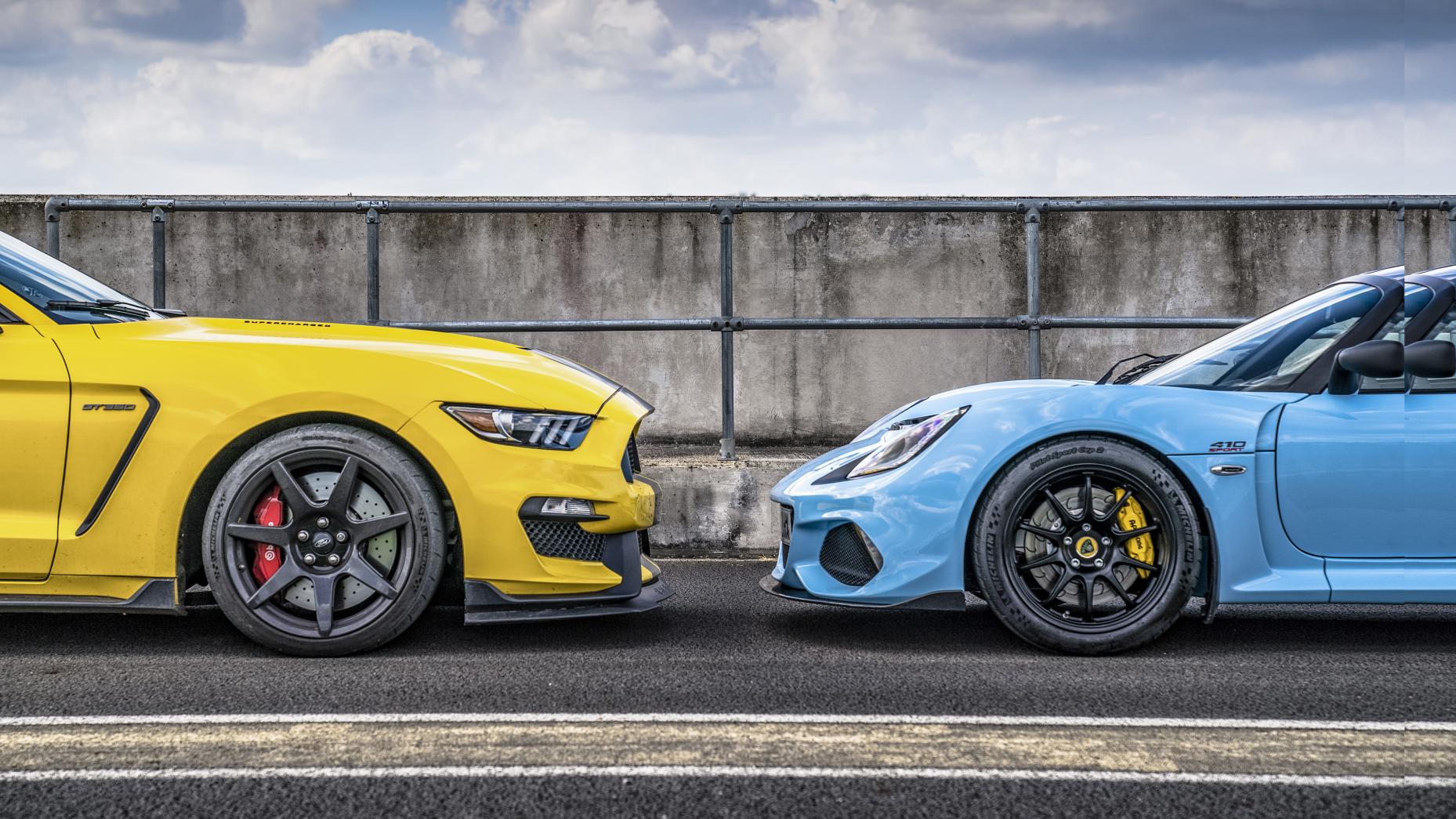
To stop this getting confusing, let’s call the car with a working battery Good Car. And let’s call your car, the one with a flat battery, Bad Car.
Clear? Park up Good Car nice and close to Bad Car, their respective batteries as close as possible. But make sure the two cars aren’t touching, partly because this could interfere with the sweet, sweet flow of electrons, but also because that’s what’s known as ‘a crash’. Switch off Good Car’s engine and pop both bonnets.
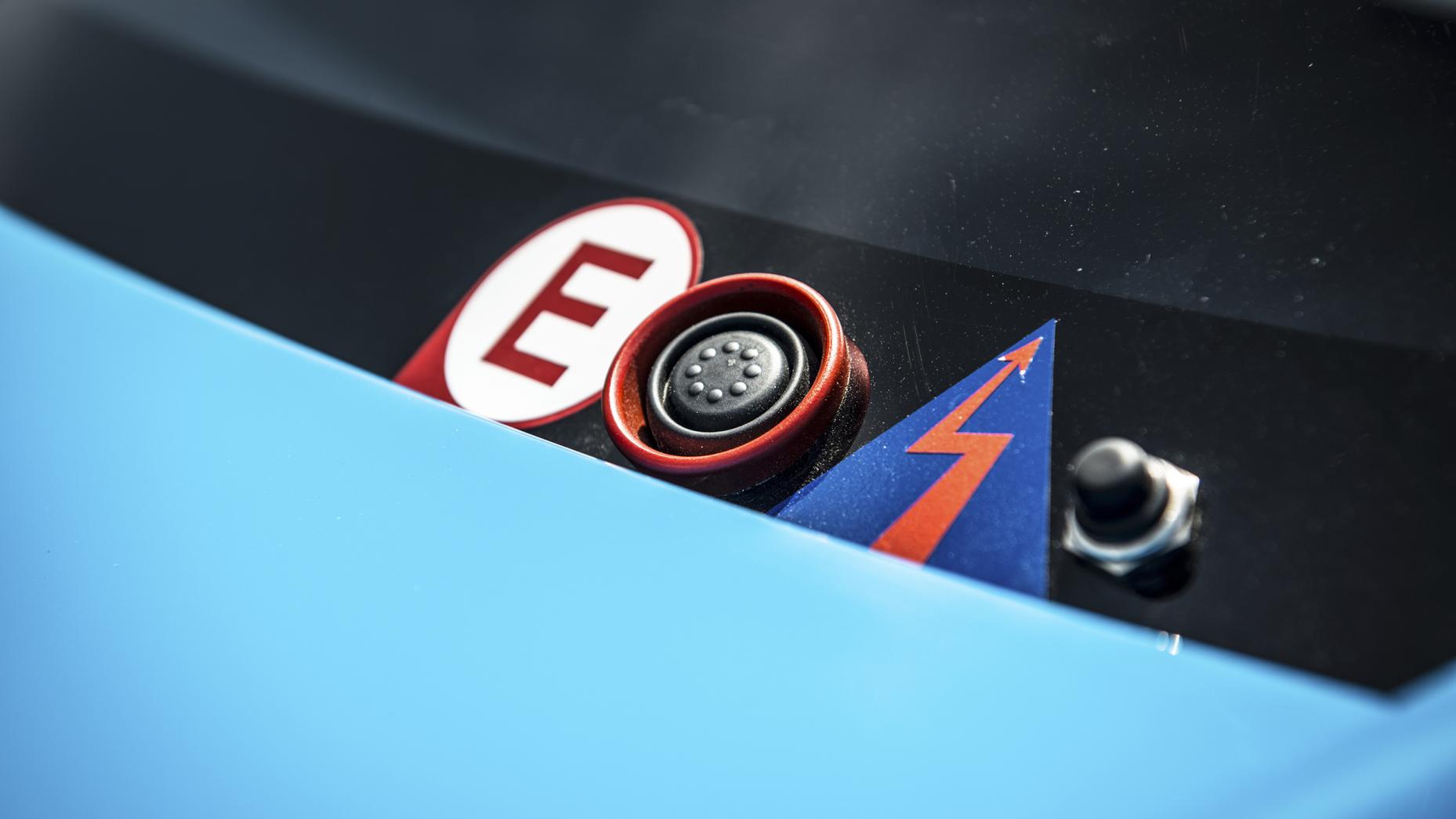
Before you continue, a bit of safety. You’re dealing with electricity here, and electricity is an inscrutable, nasty piece of work if you get on the wrong side of it.
Extinguish any cigarettes. Remove any dangly metal jewellery, scarves or ties. Now’s the time to take off that chainmail poncho, no matter how stylish it might look.
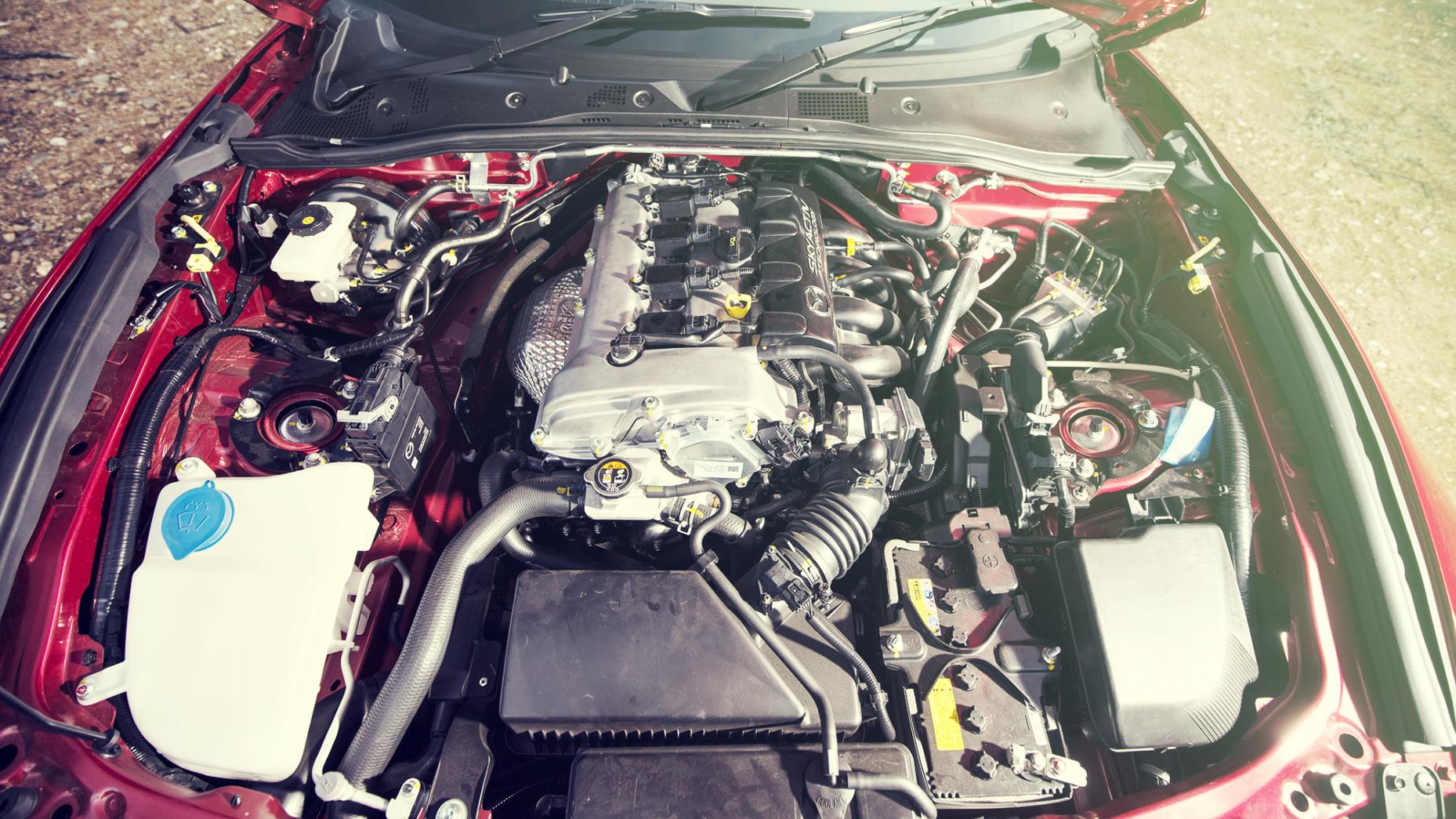
Now, take your red jump lead, and attach one end to Good Car’s positive battery terminal. That’s the one with the little + sign next to it. Then take the other end of the red jump lead, and attach it to Bad Car’s positive terminal.
Then take your black jump lead, and connect one end to Good Car’s negative battery terminal. That’s the one with the little - sign next to it. After that – now you think you’ve figured the pattern here, right? Attach it to Bad Car’s negative battery terminal? Wrong.
In fact, what you need to do is take the other end of the black lead, and attach it to an earthing point on Bad Car. A bit of unpainted metal on the chassis, well clear of the battery, would be perfect. If your car has an earthing rod, attach it to that.

Now it’s time to switch on Good Car’s engine. If the engine doesn’t switch on, please ensure you’re actually sitting in Good Car and not Bad Car.
Let Good Car’s engine run for a few minutes, then attempt to start Bad Car’s engine. If Bad Car’s engine doesn’t now start, then this is the time to consult a more comprehensive and authoritative mechanical guide than this one.
Assuming, however, that Bad Car has joyously sprung into life, resist the temptation to bury the throttle and speed off into the distance, not least because you’re still attached to Good Car by a pair of jump leads. Sit tight for a bit. Let both cars run for ten minutes or so, to give Bad Car’s battery a chance to recharge.
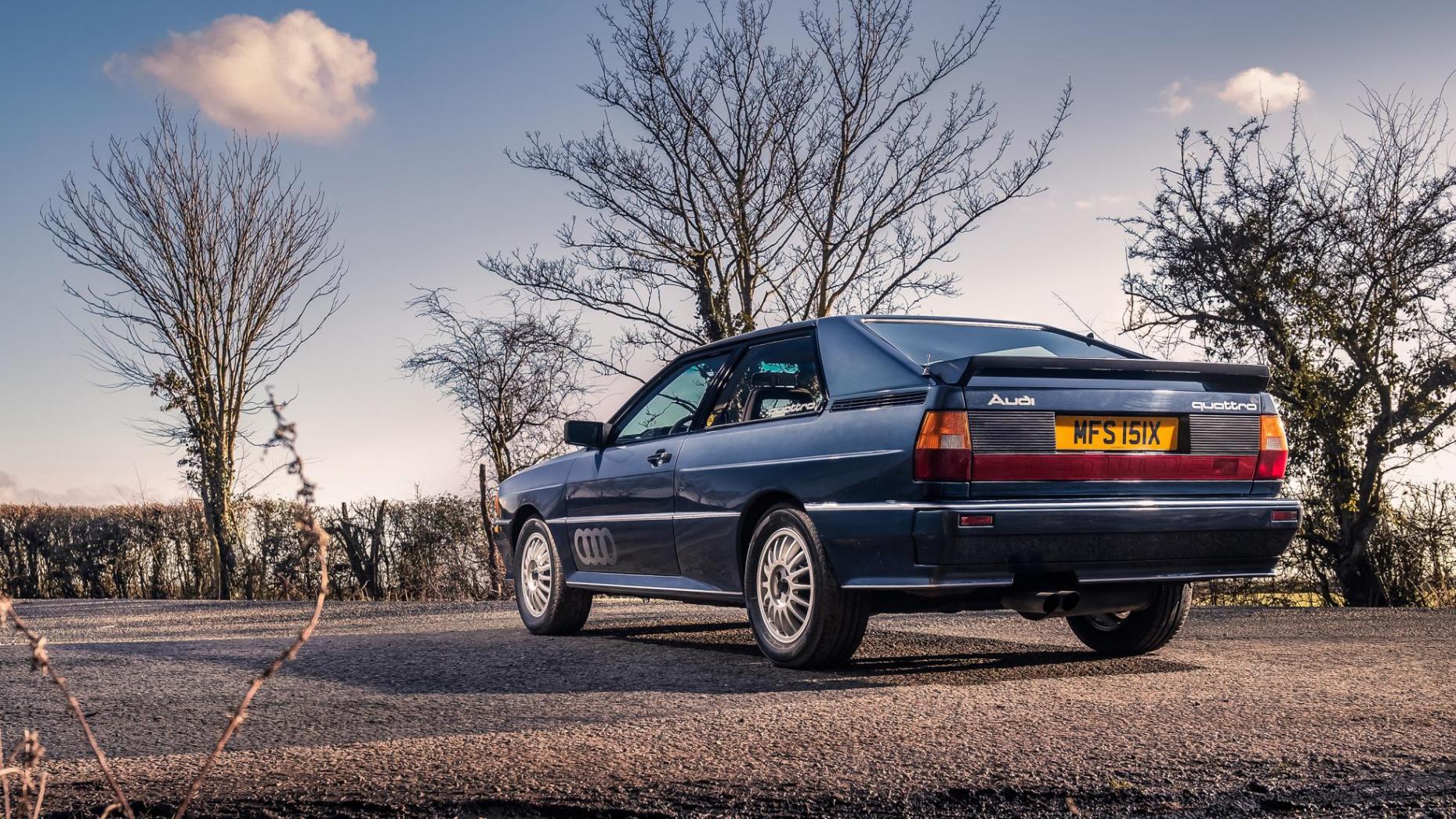
With Bad Car’s engine still running, it’s time to disconnect both jump leads in the reverse of the order you connected them. Unclip the black lead first, then the red lead. Stash the leads somewhere accessible and memorable, because, let’s be honest, you’ve had a flat battery once, it’s probably going to happen again soon enough.
Now, if you’ve got time, we’d advise leaving Bad Car running for 20 minutes or so, then taking it for a half-hour drive. Partly to make sure the battery’s fully recharged but also because, hey, sometimes it’s nice to just to take a drive for the sake of it…

